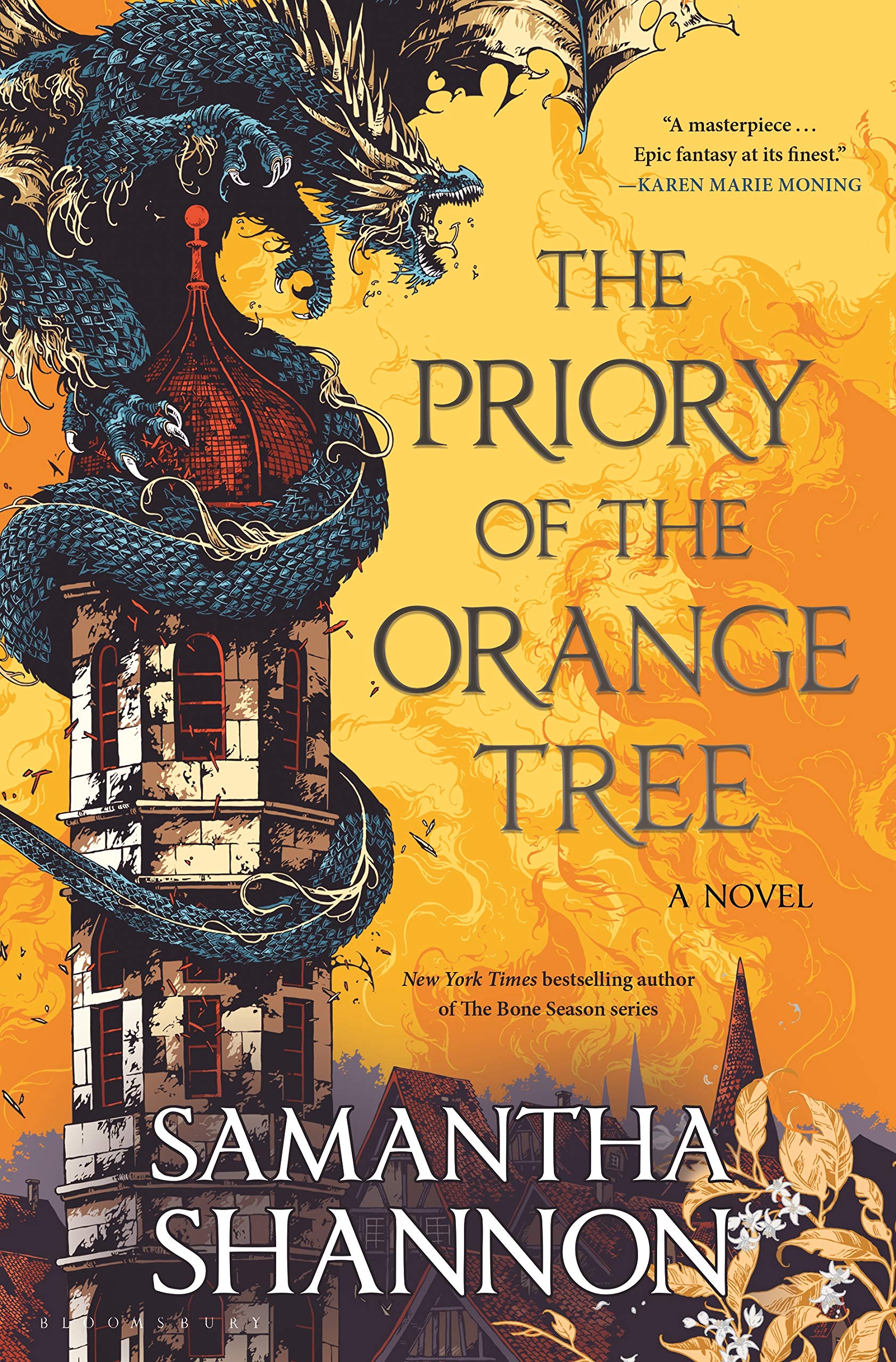Rating: ⭐⭐⭐⭐⭐
The book in one sentence: A world divided by obstinate religious differences is forced to unite their kingdoms due to a common enemy.
Read if: You’re looking for a fun, high-fantasy novel that doesn’t have intimidating histories of lore. If you’re a LOTR or GoT fan, you may enjoy this.
Book length: 700+ pages, pretty standard for a high fantasy novel.
Initial impressions
This novel gripped me from cover to cover. No sections felt boring, unnecessary, or dragging—and that’s for a rather lengthy novel of over 700 pages. There was always just enough intrigue across chapters, making it difficult to stay away from the book for long. I was reaching for this often throughout a given day just to find out what happened next.
Considering this is a historical retelling, it didn’t feel like a history lecture. There’s no overexplaining. Shannon’s use of imagery, perspective, and characters’ emotions and beliefs help us piece together the history of religions in the book. In comparison to Jennifer Saint’s Elektra, a highly popular Greek mythology retelling that I’d argue also has feminist tones, this one didn’t leave me grasping at straws to remember the mythology that the characters were rooted from. I could enjoy the characters in the Priory of the Orange Tree without having to hold background information about them in the back of my mind. I find that that is what makes for good storytelling. Getting to know the characters as we move across the story.
One element I really enjoyed were the sentient dragons. While these aren’t novelties in the genre, they contrast with my past experiences of dragons in books. The last high fantasy books I read with dragons were probably Game of Thrones, where they are used primarily as pets and weapons. I loved seeing them with their own ambitions, beliefs, and values and how these contrast with the human characters.
Character commentary
To be honest, I didn’t even know that this was a feminist retelling of Saint George and the Dragon. Despite the full cast of heroines, Shannon doesn’t use them as devices to sermon readers about feminist agendas or female rage. They each have their own faults and redeeming qualities. I never really found myself questioning why some dynamics were female, like a queendom instead of a kingdom, and I credit that to Shannon’s world-building. She illustrates settings without gaping holes; the result is a vivid, believable backdrop that lets her characters shine.
Another thing Shannon does well with her characters in the story is that nobody is wasted. The problem with long stories and fantasy novels is that you can meet a lot of characters throughout the hero’s journey. Some of them are really meant to be crutches to help the hero or story along, and once they’ve served that purpose, they’re discarded. If an author’s really sloppy, those side characters aren’t memorable. Not so in The Priory of the Orange Tree. Everyone we meet has a distinct face, voice, and sets of beliefs and ambitions that drive them forward.
Characters that do fall short are the dragons. I just wish there were a little bit more lore about them, especially the Nameless One. All I really knew about him throughout these 700+ pages were that he was massive, evil, and a threat to everyone in the book. I imagine that the book would be much longer if Shannon were to fill us in on the details of the dragons in addition to the religions that moved the world in the book, though.
Plot thoughts
The plot of a high fantasy novel is pretty predictable, and this one is no exception—it is a heroine’s adventure against evil, after all. The plot is well-paced with some fun twists along the way. There is always movement with our heroine, and we’re never left lingering in one subplot for too long. Additionally, I really resonate with the theme of shedding old beliefs and being open to change. Religious beliefs play a big role in several character arcs here, and watching the characters grapple with their experienced realities versus their inner worlds was relatable and admirable.
If you’ve read this book, share your thoughts in the comments! Or check out my other book reviews.

